Culvert Projects
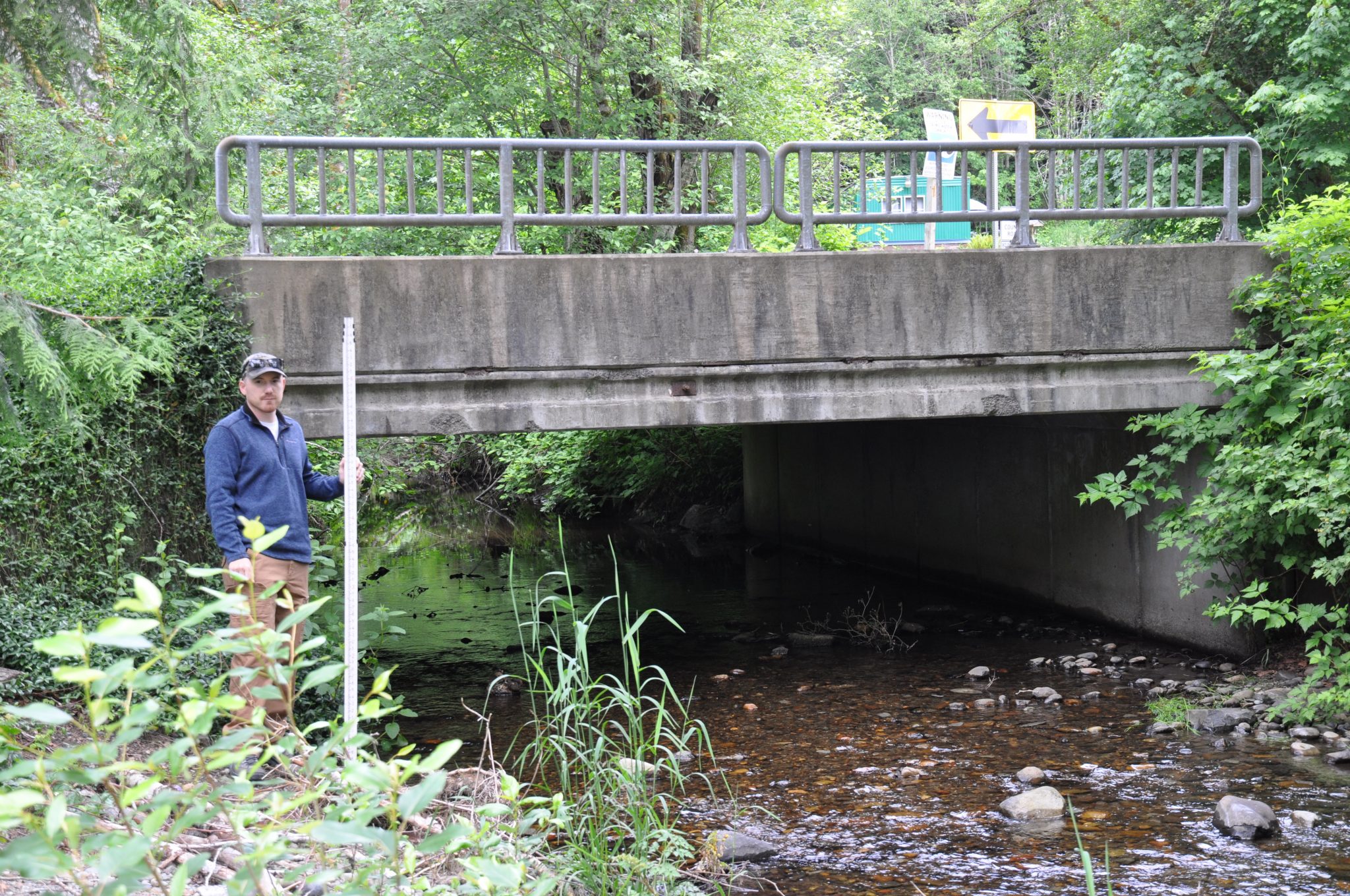
Anderson Lake Creek Culvert – A structurally failed culvert along Sherwood Creek Drive (county road) was replaced with this 18’-wide x 30’-long concrete box culvert in 2002. This permanent structure provides access to multiple residences and private property about 1 mile south of Allyn, in Pierce County.
Chicken Coop Creek Culvert – An under-sized culvert caused water over-topping, fish passage, and debris interception problems on a private road serving one residence near Blyn (Clallam County). A 12’-span x 36’-long galvanized steel arch culvert installed in 2009 has solved all these problems and has remained maintenance free since construction.

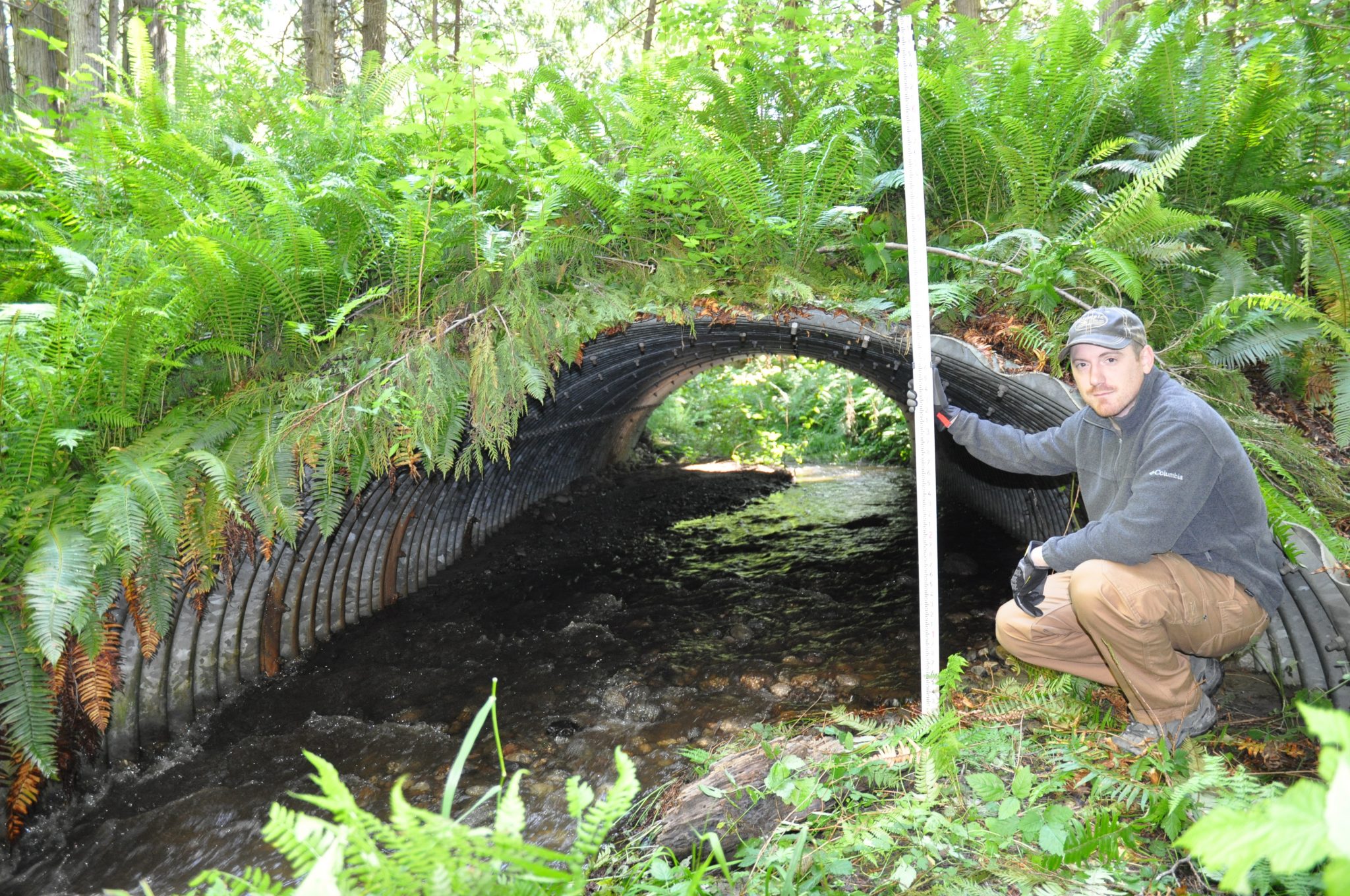
Clark Creek Culvert – This 18’-wide x 68’-long galvanized steel arch culvert (half circle) provides access to private timberland and a rural residence along Clark Creek (Clallam County) about 10 miles west of Port Angeles. The site has re-vegetated well after Year 2013 construction, and Clark Creek has adjusted well to the culvert design per WDFW’s stream simulation guidelines.
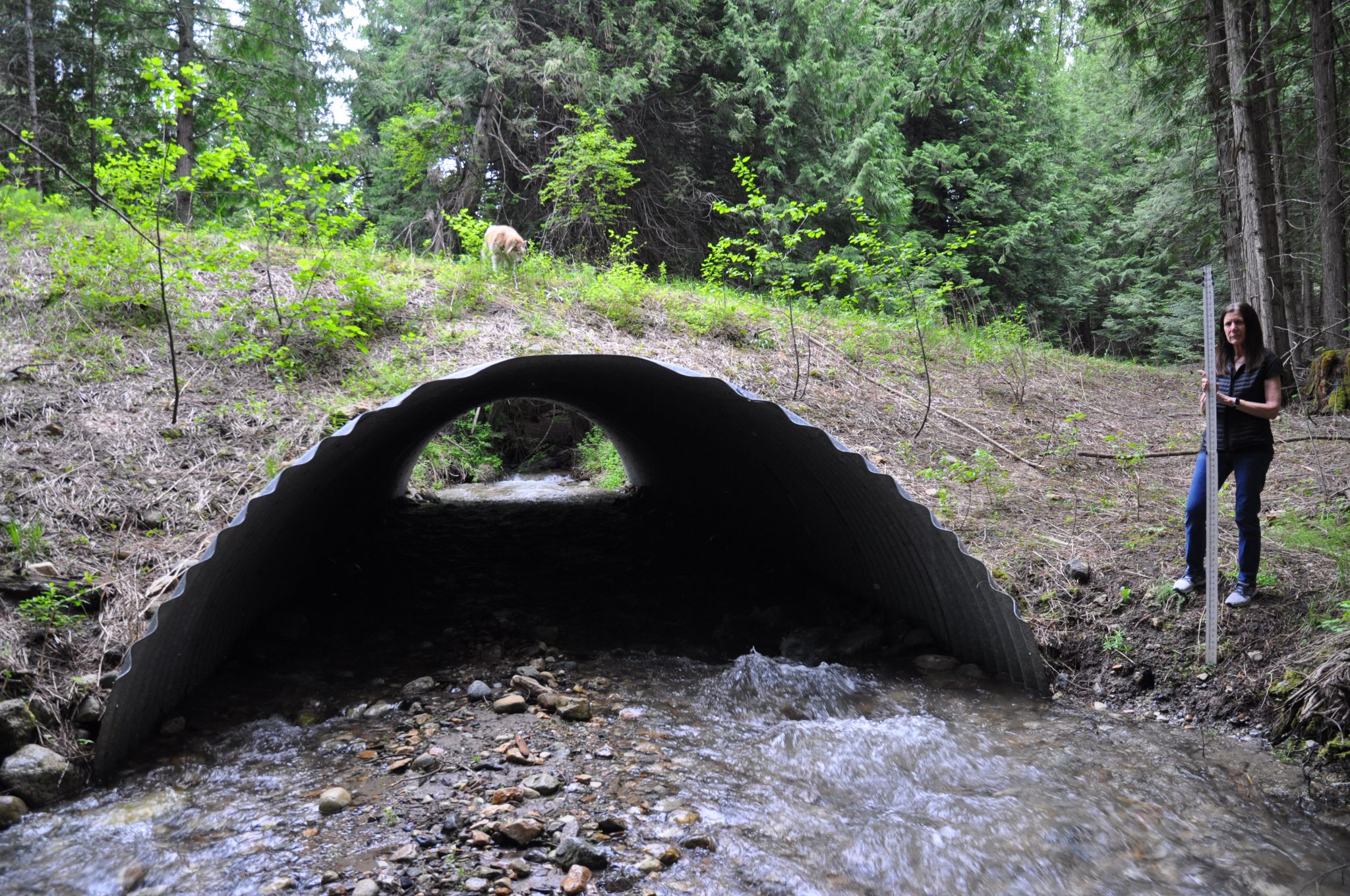
Clugston Creek Culvert – Access to private timberland and future building sites is provided over Clugston Creek with a 16’-wide x 52’-long galvanized steel arch culvert (180° arc) set on buried pre-cast concrete footings. Clugston Creek is about 10 miles north of Colville, in Stevens County.
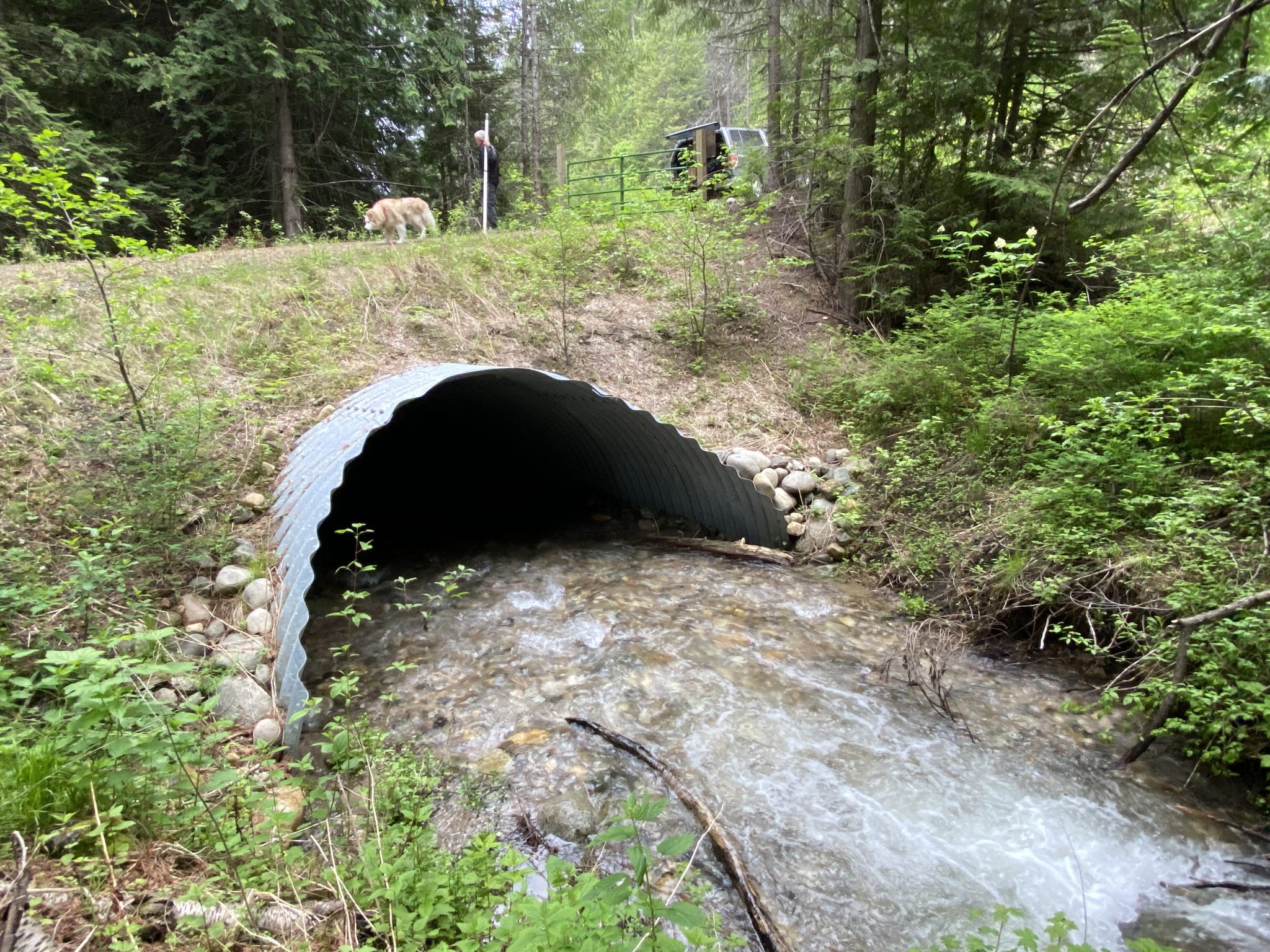
Clugston Creek Culvert – An 18’-wide x 50’-long galvanized steel arch culvert (180° arc) set on buried pre-cast concrete footings spans over Clugston Creek for access to one residence and private timberland. This culvert is about 10 miles north of Colville, in Stevens County.
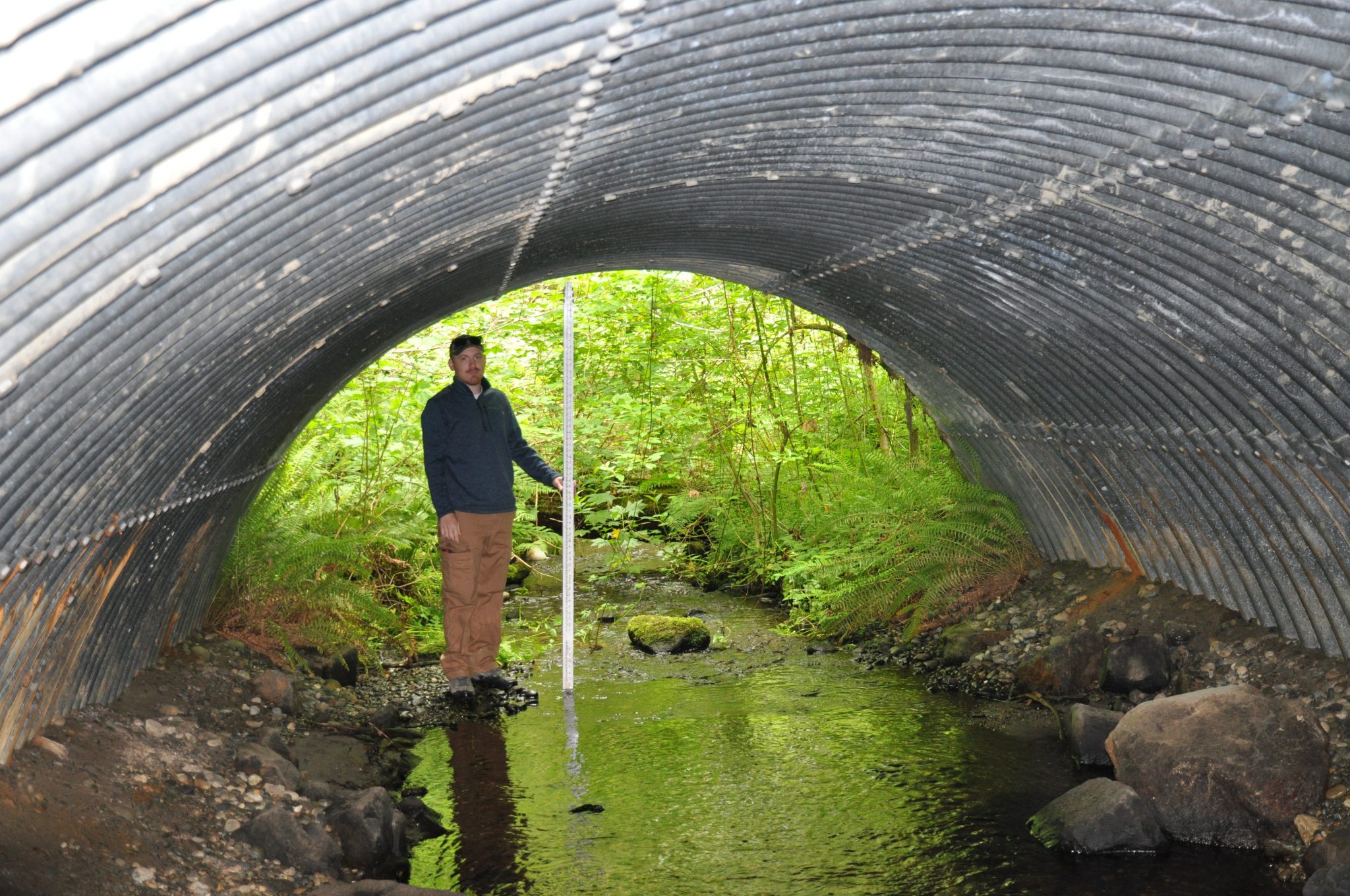
Cool Creek Culvert – A galvanized steel arch culvert (structural plate) supported with pre-cast concrete slab footings was built in 2007 to connect seven residences to the county road system. Half-circle culvert dimensions are 16’-wide x 50’-long to meet all stream simulation, fish passage, etc. requirements. Cool Creek is about 5 miles south of Port Orchard in Kitsap County.
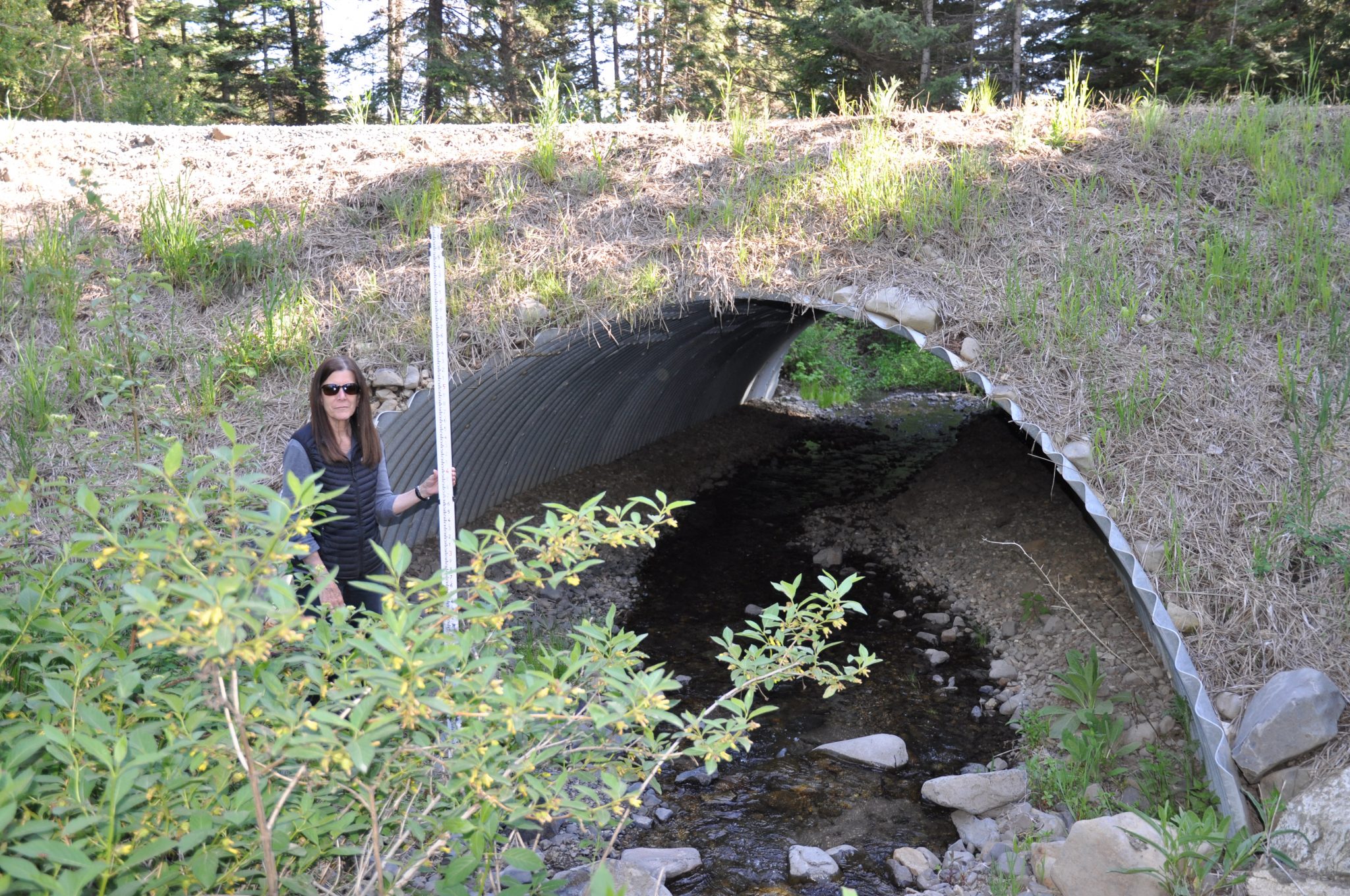
Cougar Gulch Culvert – Access to multiple private mining claims, year-round residences, and summer cabins is provided over a 14’-wide x 52’-long galvanized steel arch culvert built in 2018. Cougar Gulch is near the Town of Liberty in Kittitas County.
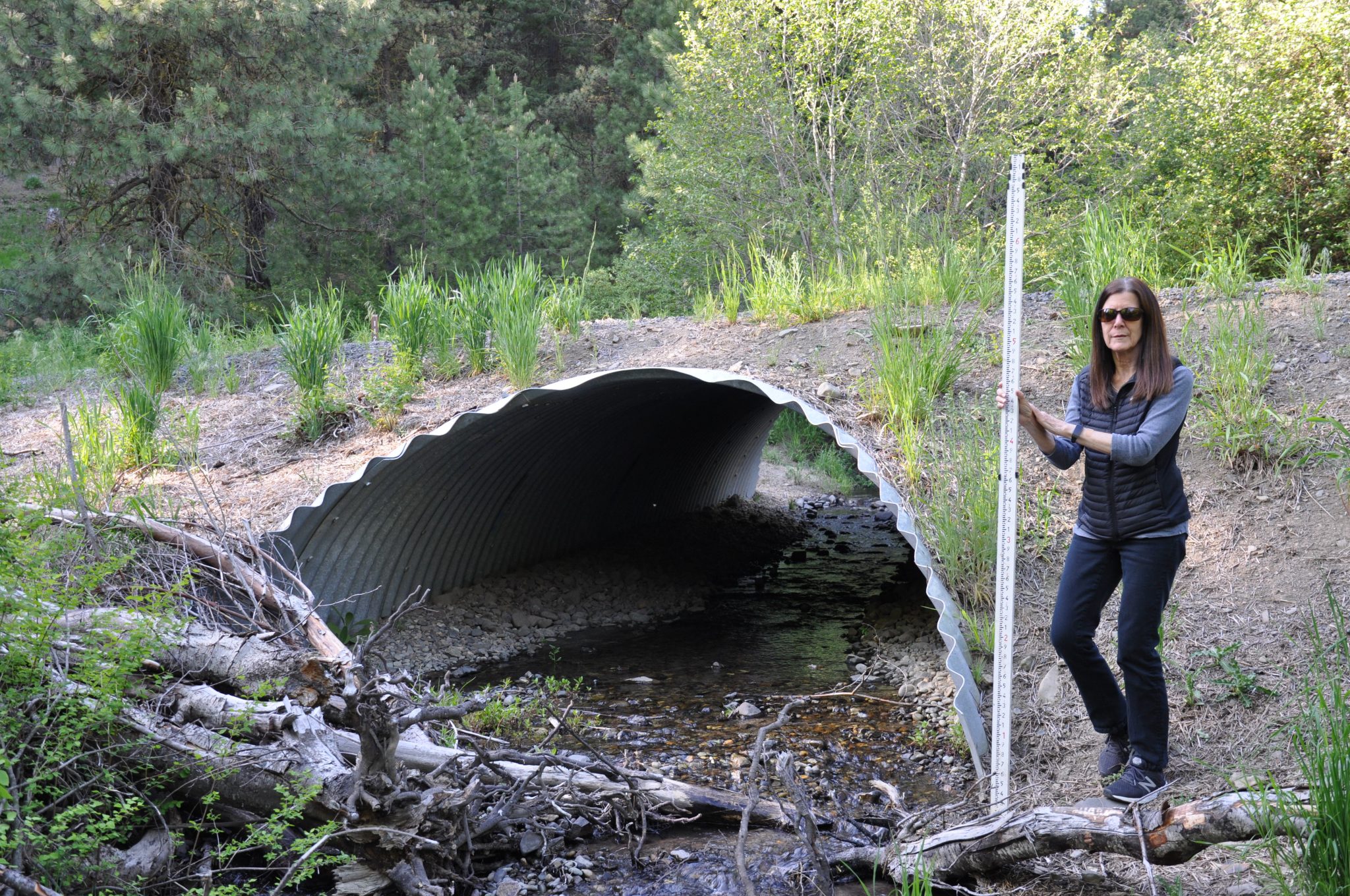
Cougar Gulch Culvert – Constructed in 2018, this 12’-wide x 38’-long galvanized steel arch culvert allows access to multiple private parcels as well as National Forest lands. Cougar Gulch and other small streams drain into Swauk Creek, near Liberty, Kittitas County.
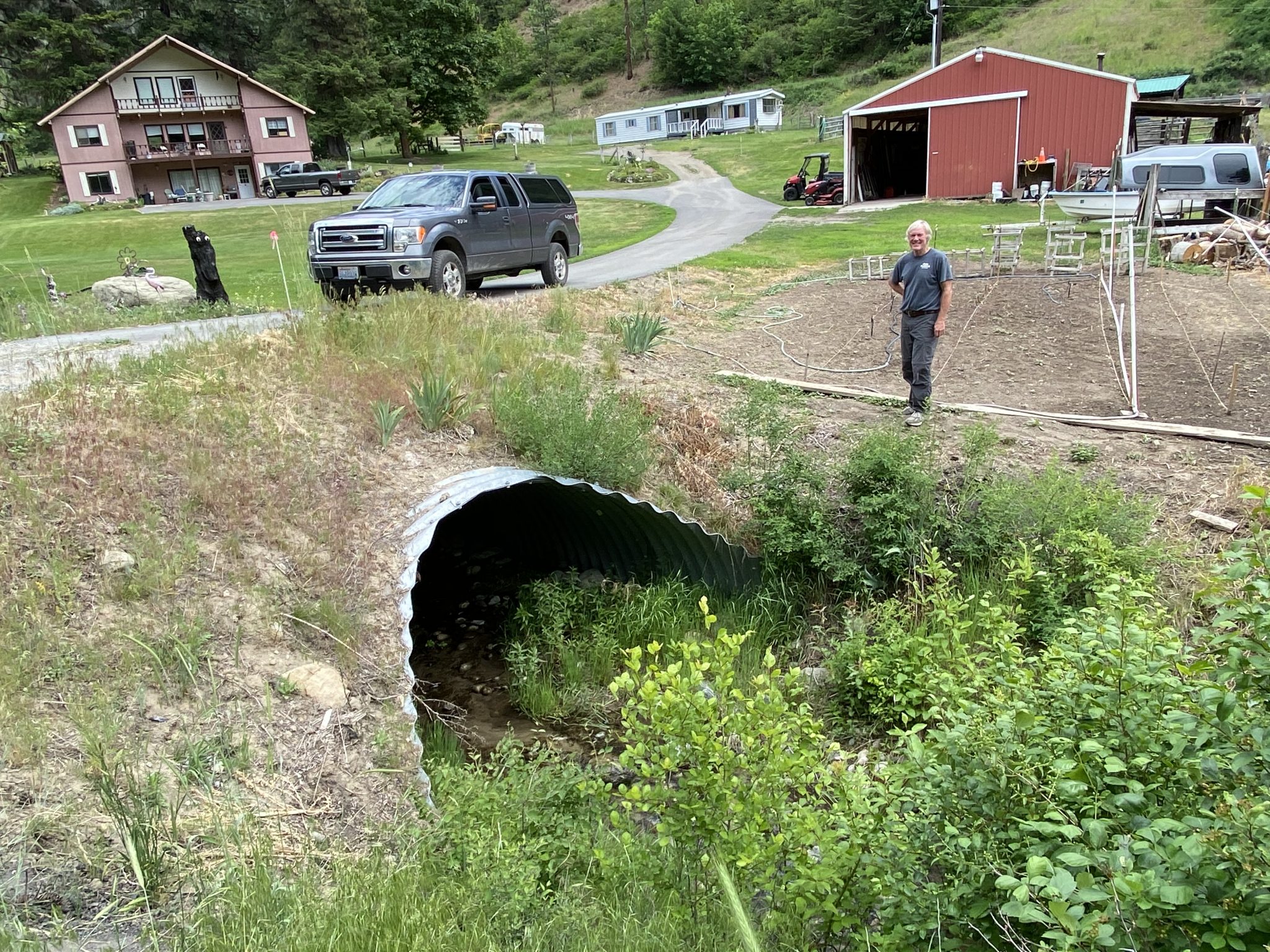
Derby Creek Culvert – Private land access, emergency vehicle requirements, fish passage, flood flow conveyance, etc. are supported with a 14’-wide x 38’-long galvanized steel arch culvert on a private driveway leading to two residences. Derby Canyon is near Peshastin in Chelan County; the culvert was built summer 2016.
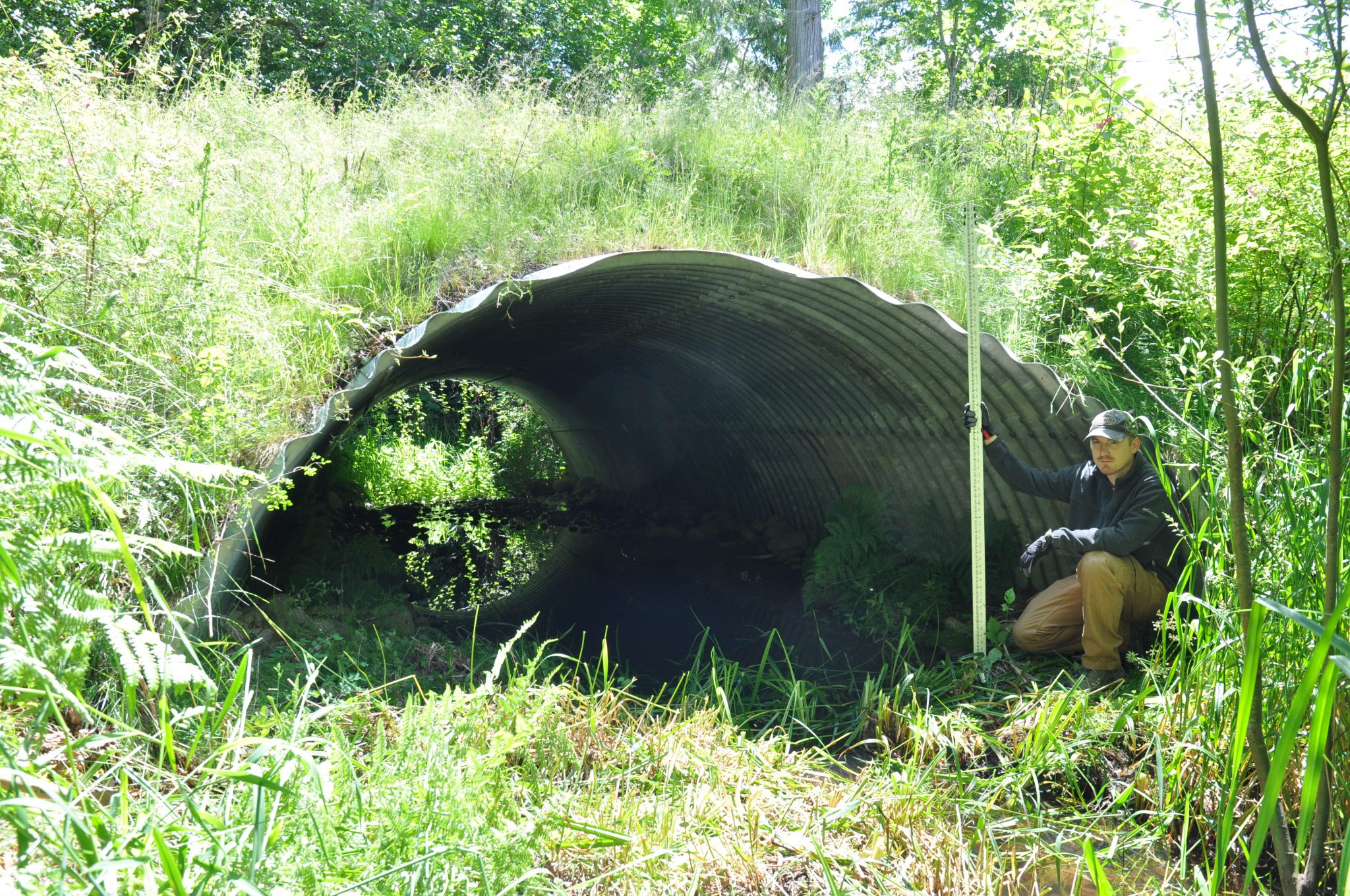
Falls Creek Culvert – A private road crossing of Falls Creek, near Joyce (Clallam County) was improved in 2010 by construction of this 14’-wide x 46’-long galvanized steel arch culvert supported with pre-cast concrete footings. Four residences use this private road for vehicle access.
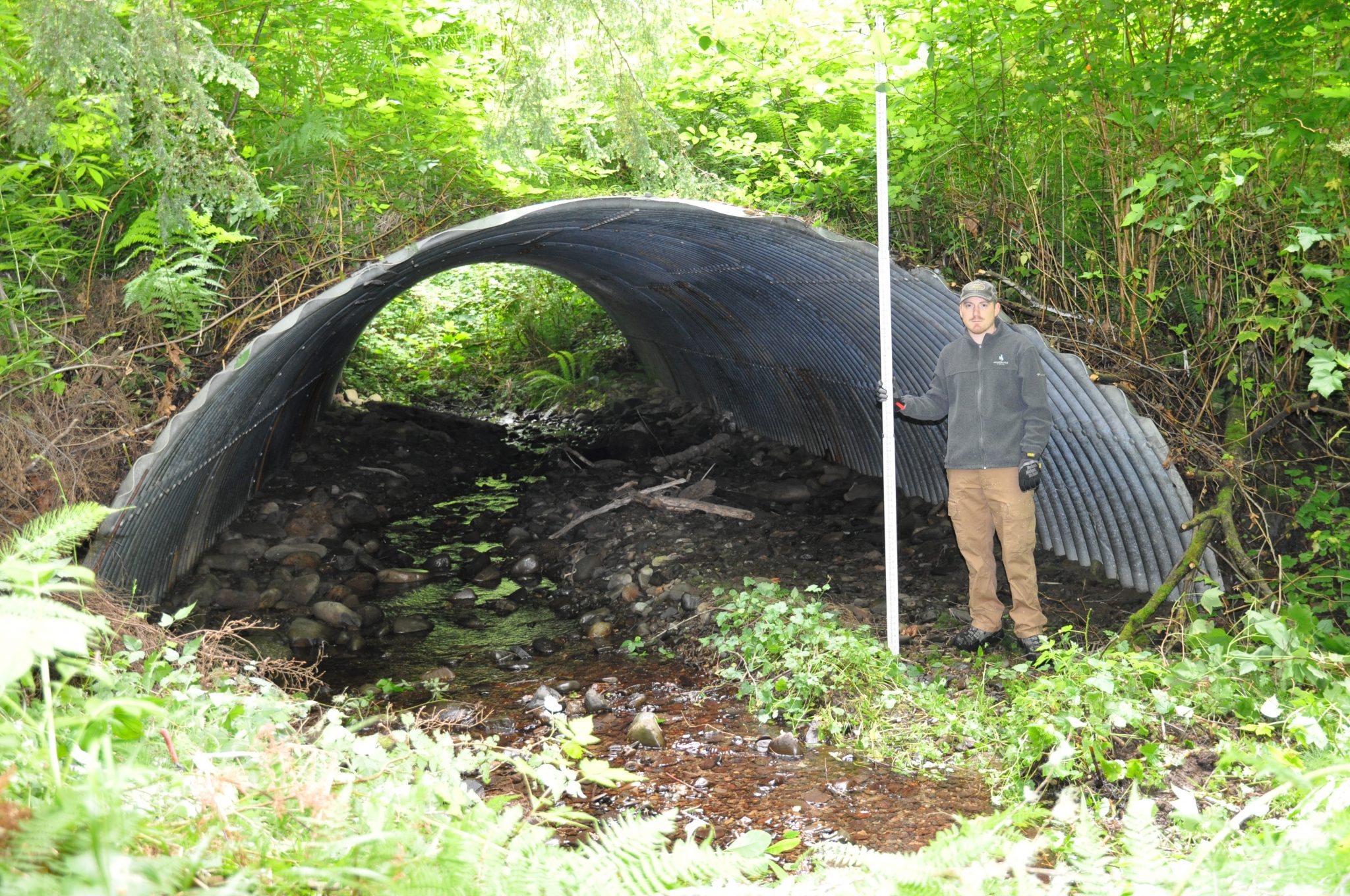
Field Creek Tributary Culvert – An under-sized and failed culvert along a private road was replaced with this 18’-wide x 56’-long galvanized steel arch culvert per WDFW’s stream simulation design requirements. The culvert provides access to two rural residences near Joyce, in Clallam County; the culvert was built in summer 2009.
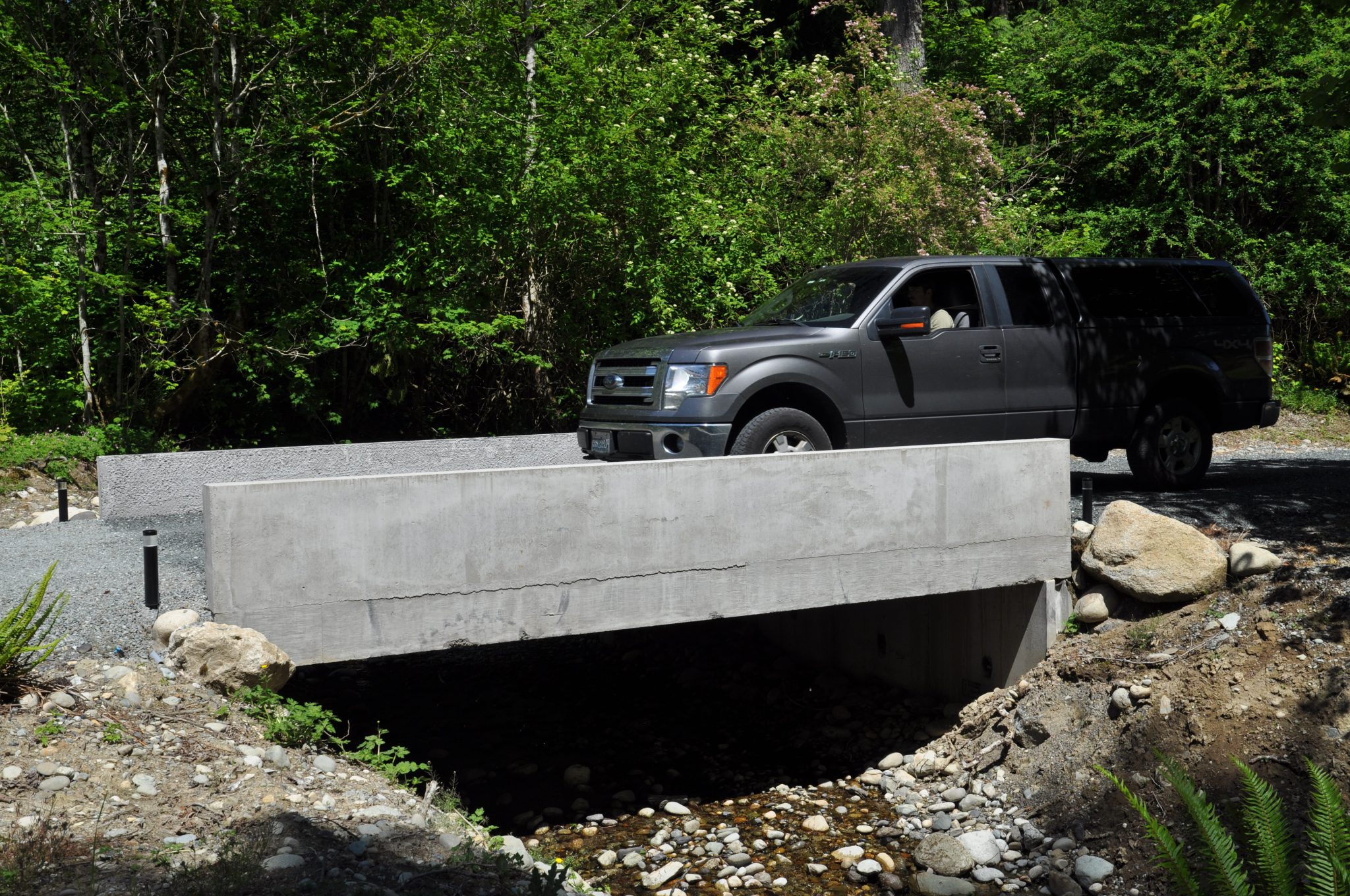
Little Chuckanut Creek Culvert – A 16’-wide x 16’-long pre-cast concrete box culvert spans Little Chuckanut Creek for access to one private residence. These concrete culverts are sometimes called “3-sided bridges” because the vertical footings and rectangular shape look more like a bridge than a culvert. This drainage structure was built in 2019 on a tributary to Chuckanut Creek about 5 miles south of Bellingham, in Whatcom County.
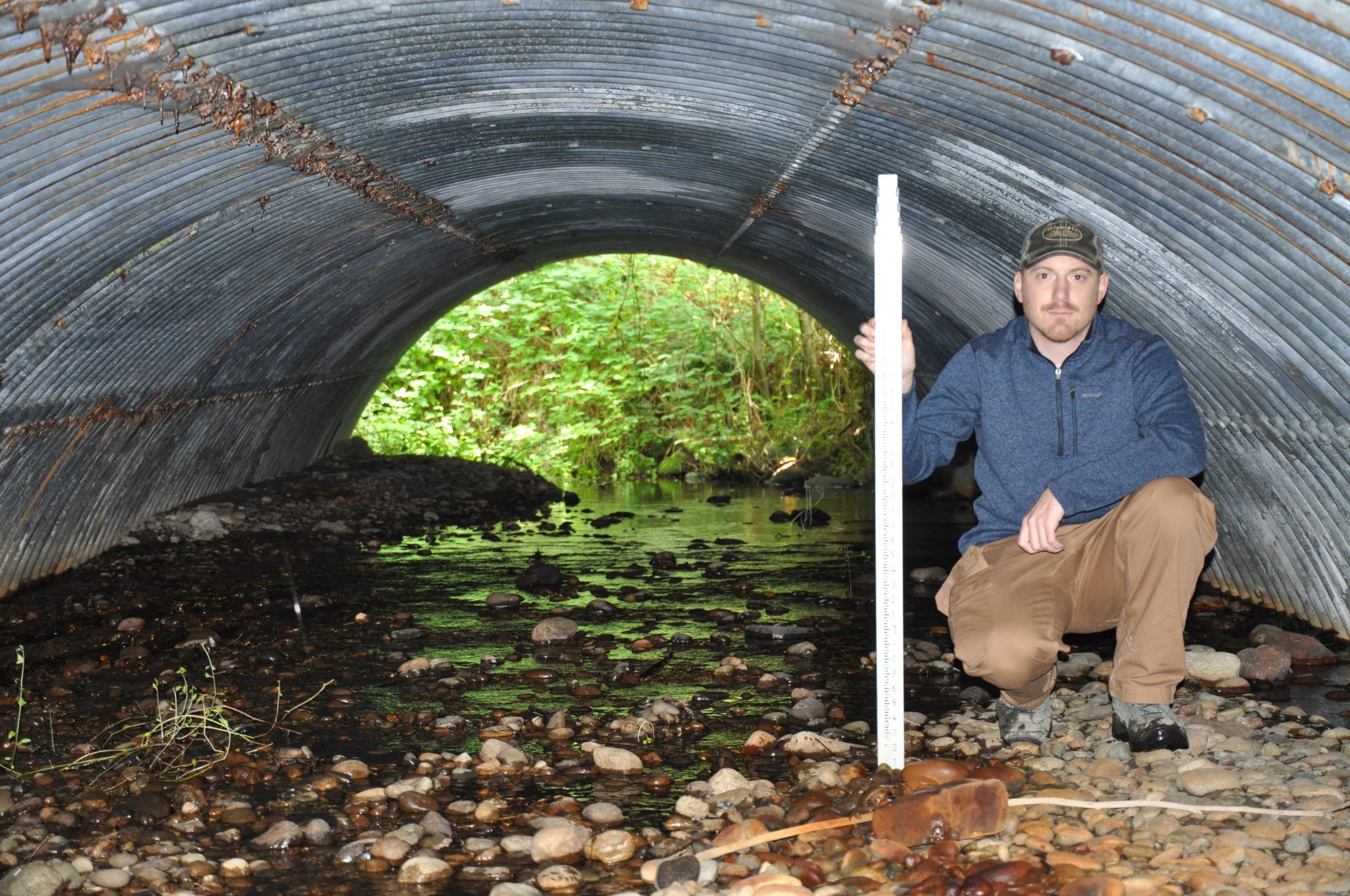
Little Minter Creek Culvert – A 16’-span x 70’-long galvanized steel arch culvert (180° arc) supported with pre-cast reinforced concrete footings spans Little Minter Creek for Pierce County’s 118th Avenue NW at the junction with state highway 302. This culvert was built in summer 2005 and has required no maintenance except brush and vegetation control to keep the flow path open.
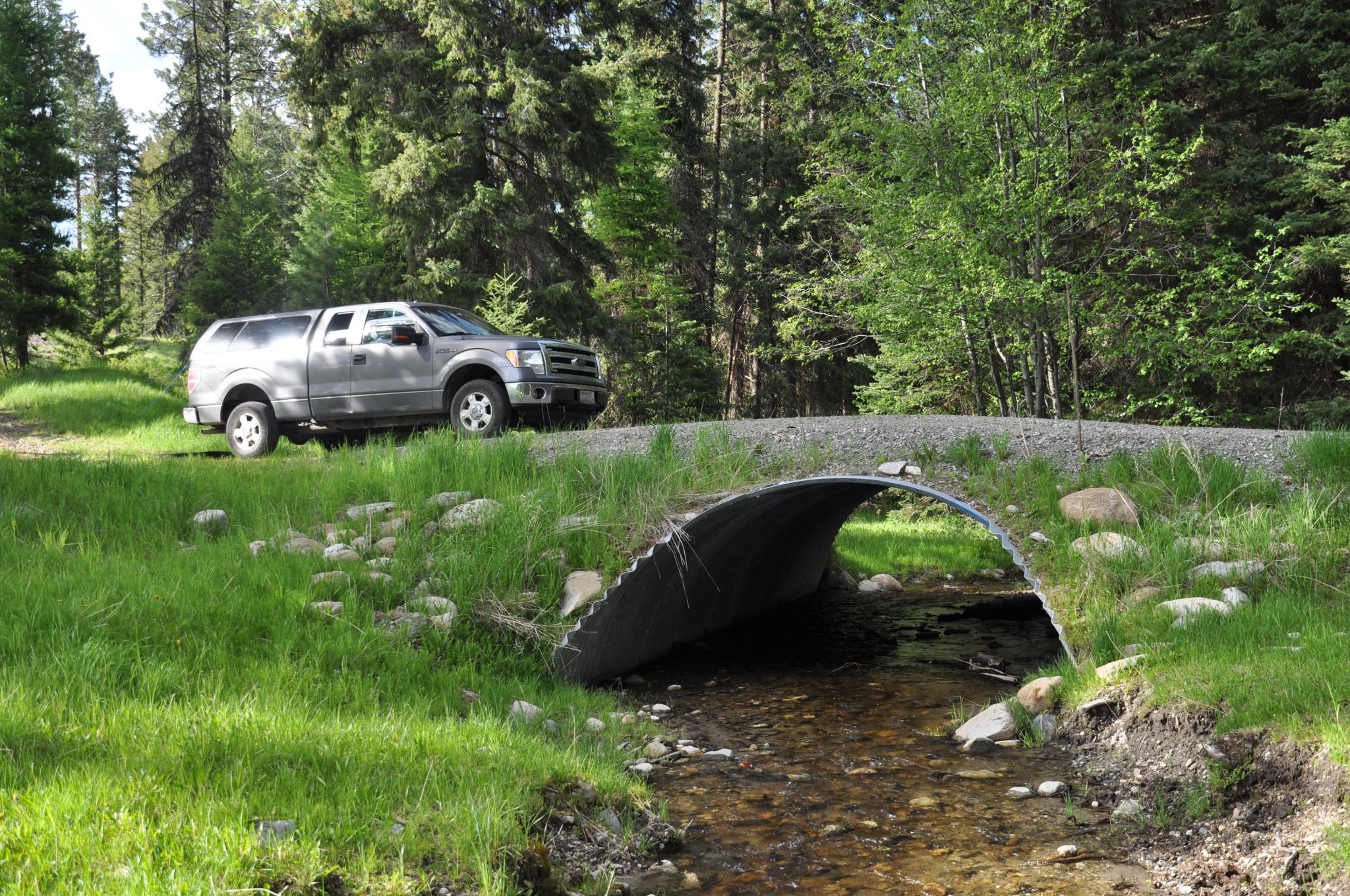
Mill Creek Culvert – Culvert failure along a private road to home site(s) and timberland required replacement with a new culvert to meet all county code, emergency vehicle access, fish passage, stream simulation, and other requirements. This 14’-wide x 36’-long galvanized steel arch culvert was designed and built in 2014; the site is near Havillah in Okanogan County.
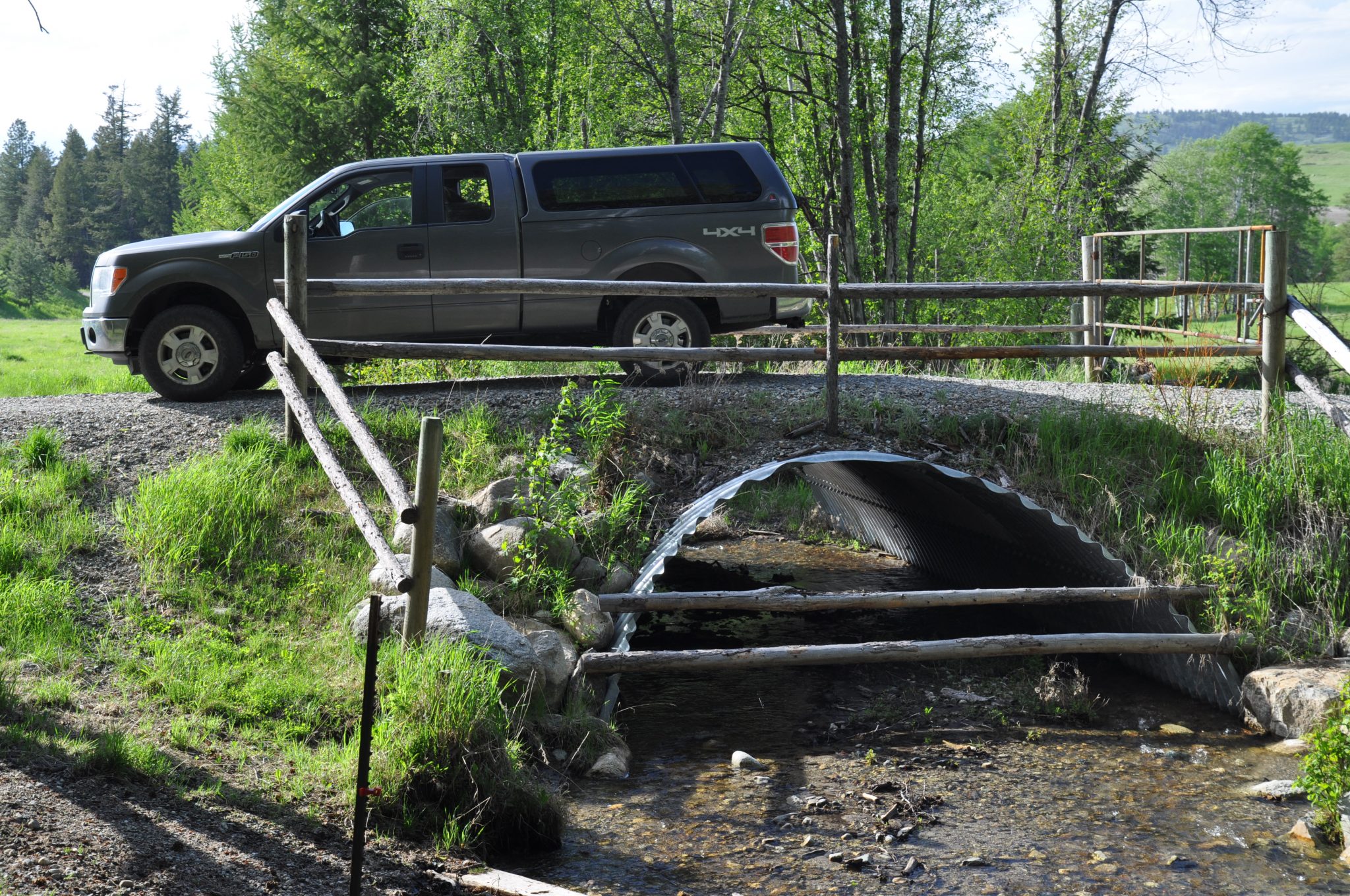
Mill Creek Culvert – A 14’-wide x 36’-long galvanized steel arch culvert (half-circle) set on pre-cast concrete footings replaced a smaller failed culvert for private land access. This culvert was built summer 2015; the poles across the upstream end of culvert prevent cattle from wandering thru the culvert and out of their fenced pasture.
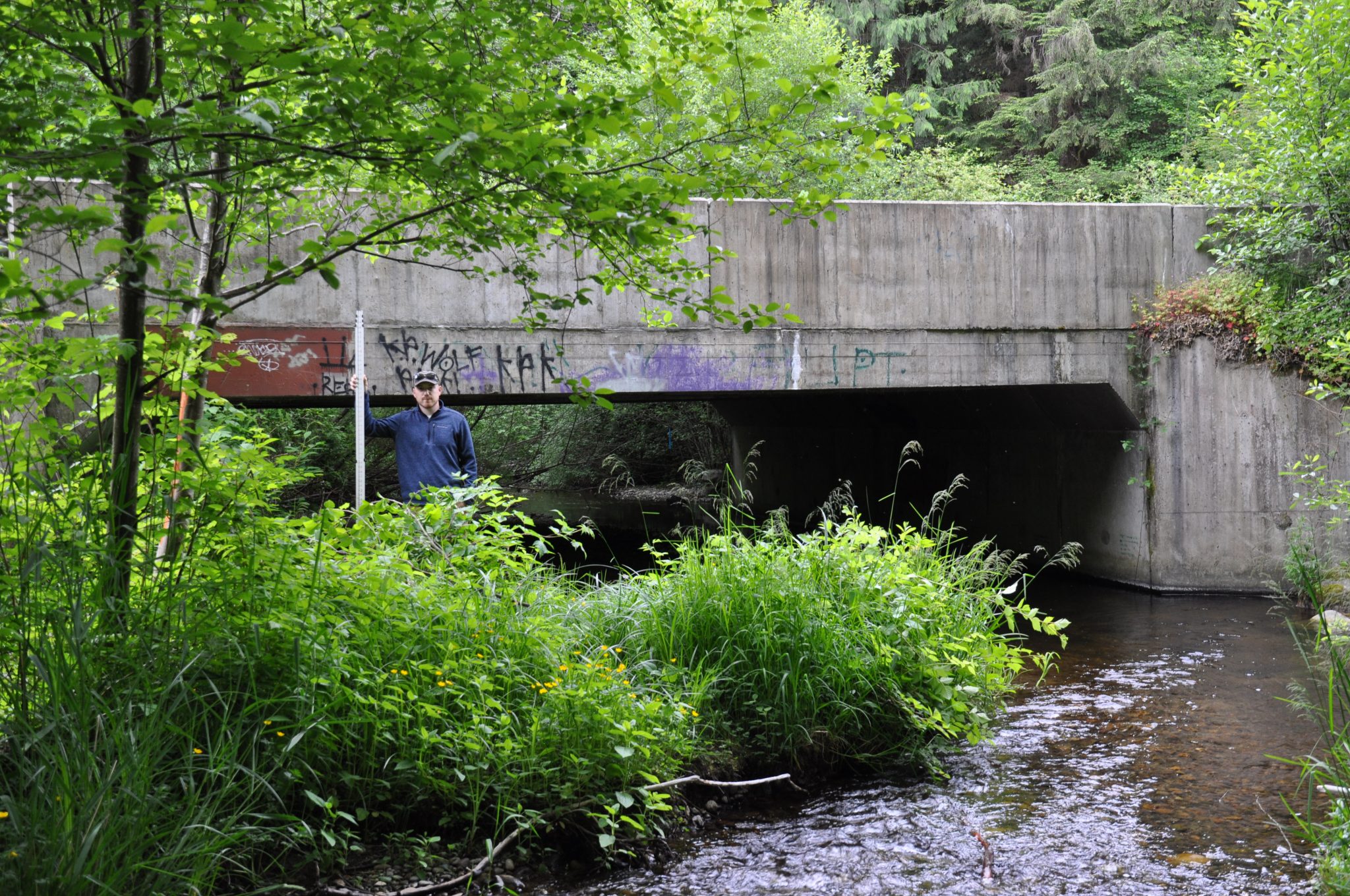
Rocky Creek Culvert – A 30’-wide x 50’-long reinforced concrete box culvert (aka bridge) was constructed in 2007 along Pierce County’s 144th Street NW, to replace a problematic pre-existing (under-sized and collapsed) steel culvert.
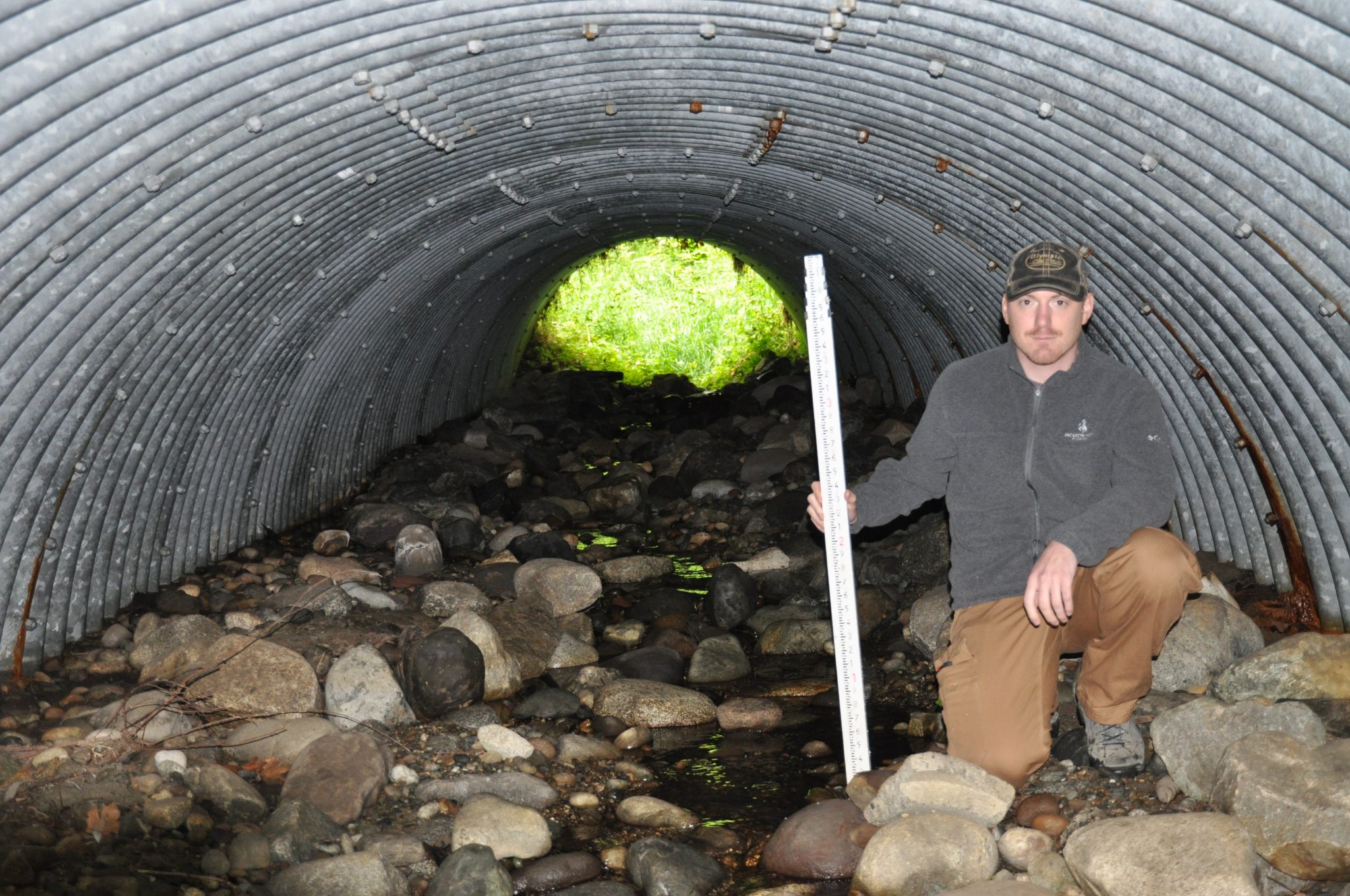
Sundberg Creek Culvert – Intense rainfall combined with blockage of a culvert providing access to six houses resulted in complete washout of a private road in spring 2013. A new galvanized steel arch culvert (12’-wide x 64’-long) was designed and built in hurry-up mode to re-connect these residents to the public road system. Sundberg Creek is tributary to Dogfish Creek in Kitsap County, about 2 miles north of Poulsbo.
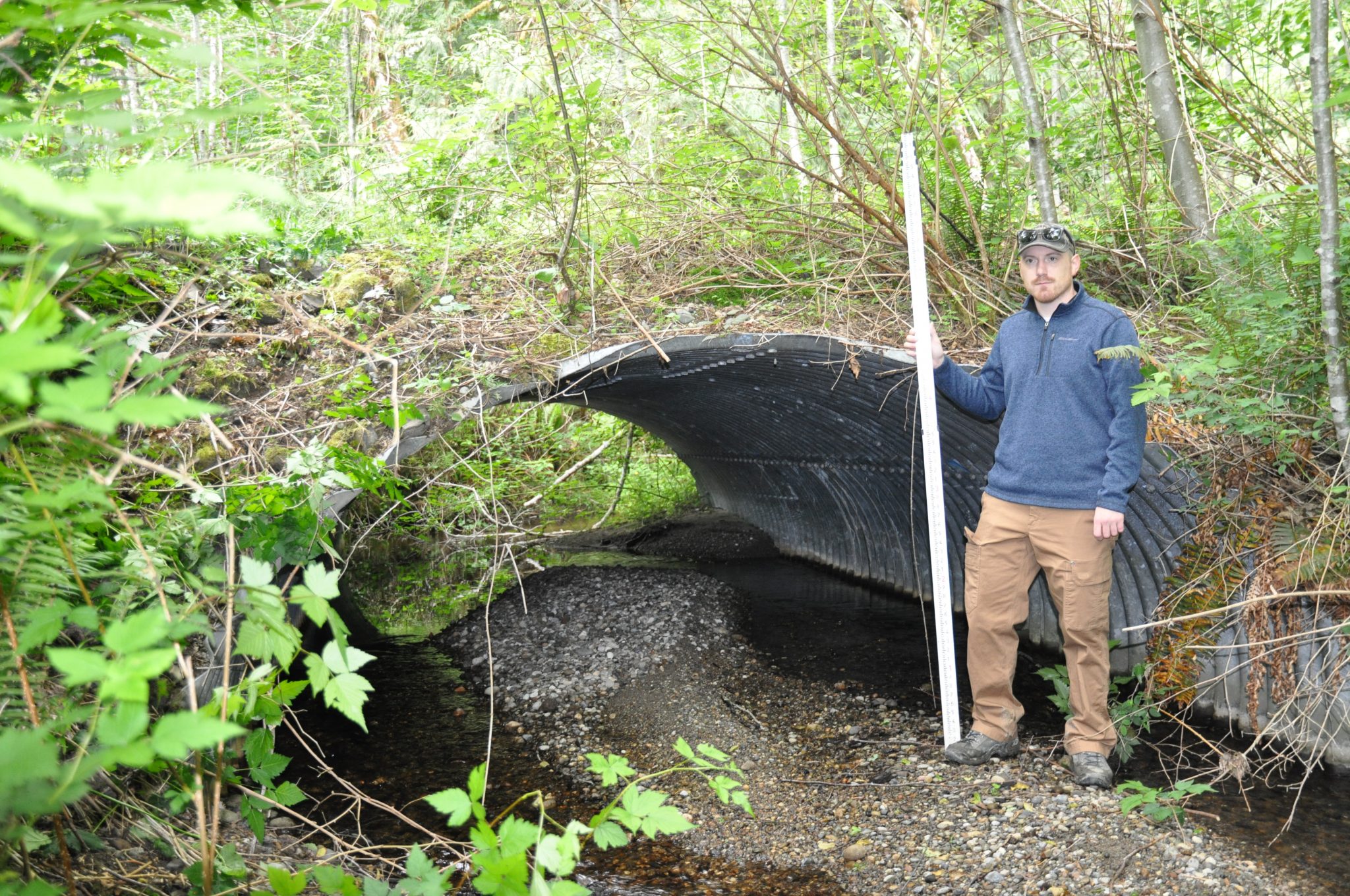
West Fork Rocky Creek Culvert – A galvanized steel structural plate culvert (horizontal ellipse) 12’-wide x 36’-long was installed in 2006. West Fork Rocky Creek supports chum and chinook salmon spawning, and adult chinook salmon swam thru the culvert immediately after construction. The culvert provides access to one residence located about 3 miles north of Vaughn, in Pierce County.
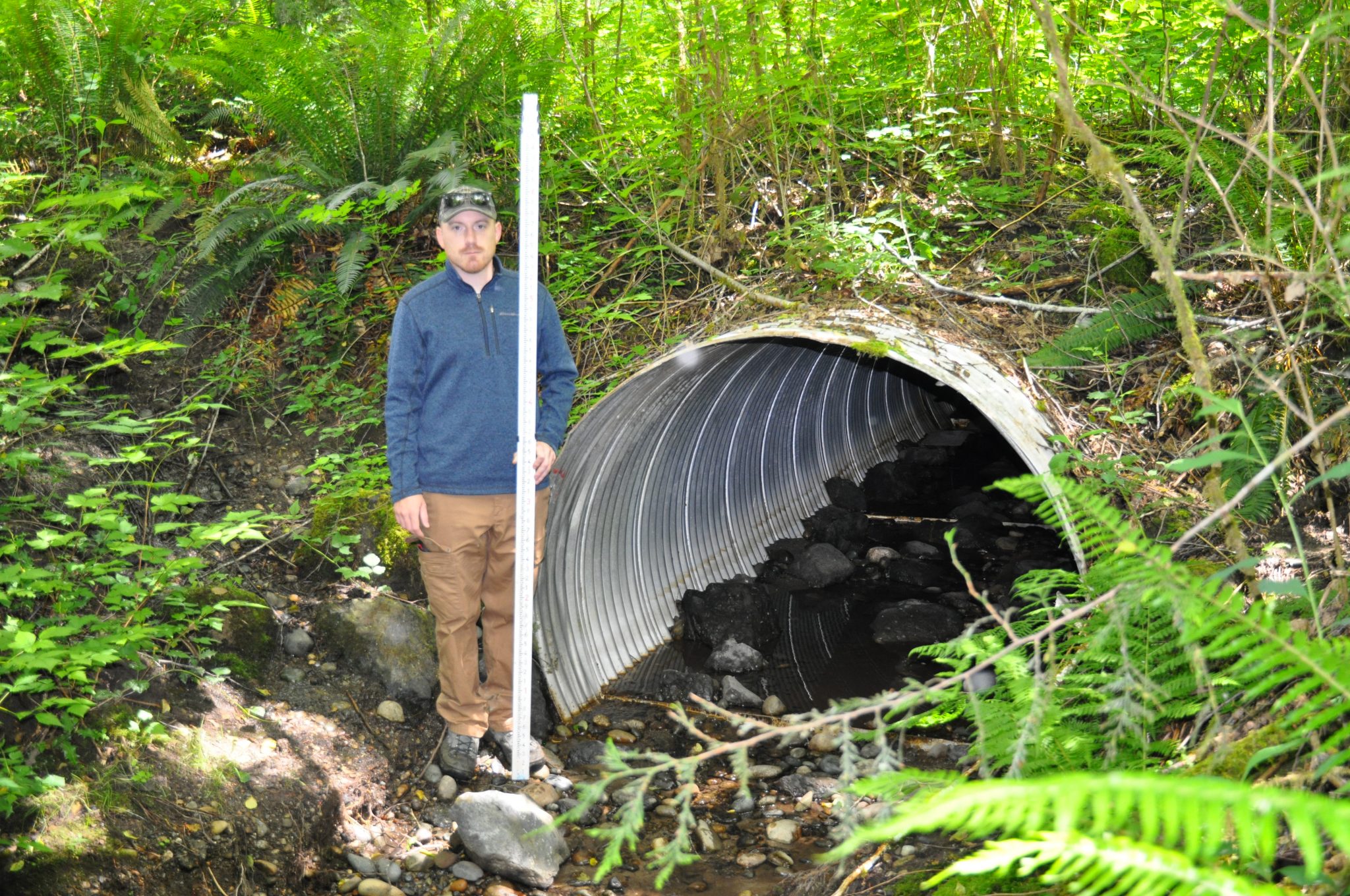
Winter Creek Culvert – Access to a private parcel near Vaughn was provided in 1998 with a 6’-diameter x 40’-long aluminum culvert. Design of this culvert followed “stream simulation” guidelines which are now generally required state-wide by WDFW; this site is in Pierce County.